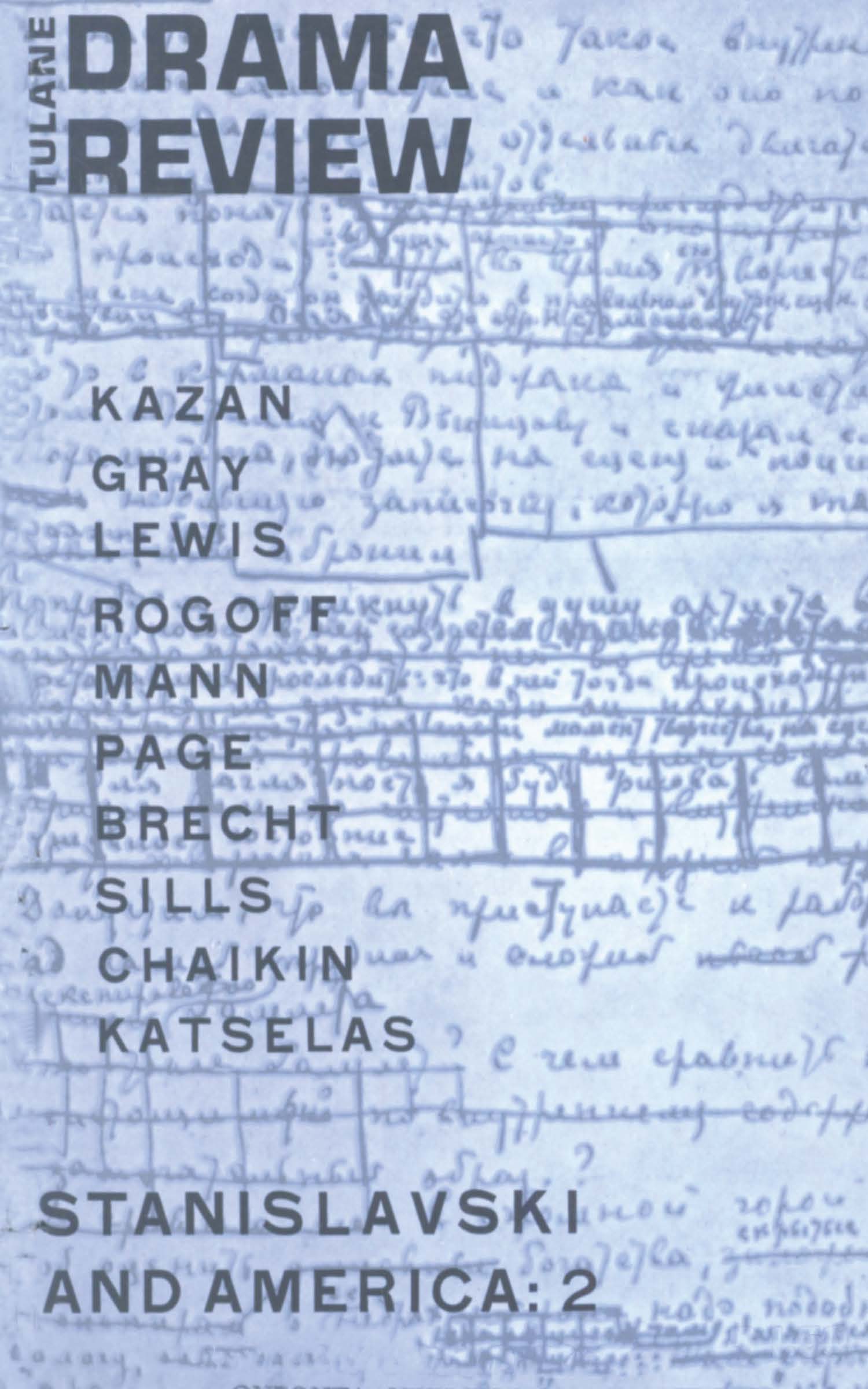Article contents
Scribe's “Bertrand et Raton“: A Well-Made Play
Published online by Cambridge University Press: 03 February 2022
Extract
Bertrand et Raton, ou L'Art de Conspirer, anonymously translated in 1840 as “The School for Politicians,” was the first of the 374 plays of Augustin-Eugène Scribe (1791-1861) to arouse serious interest in the theatre. Given its première at the Théatre Français on November 14, 1833, this popular comedy of manners presented vigorous characters and a clever plot, amusingly sustained and fresh in treatment. The characters and situations, because of their animation, still awaken curiosity; the dramatic craftsmanship and comic originality of the play make it one of Scribe's masterpieces. Though his technical resourcefulness was one of the most important contributions to French drama in the nineteenth century, and though the genre of the “well-made” play (pièce bien faite), of which Scribe is the acknowledged father, has certainly “paid off” in the modern theatre, his plays, almost without exception, have been neglected.
- Type
- Research Article
- Information
- Copyright
- Copyright © 1957 The Tulane Drama Review
References
Footnotes
1 New York, Corvill Publishing Co. An adaptation by Bunn, Alfred. The Minister and the Mercer, was performed at Drury Lane, London, in 1834Google Scholar.
2 For a full discussion of the well-made play and its impact on the modern theatre, see the present author's introduction to “Camille” and Other Plays, Mermaid Dramabook Series (paperback). New York, Hill and Wang, Inc., 1957.Google Scholar
3 Peripeteia: reversal of fortune; here the greatest in a series of mishaps suffered by the hero. Archer, William, Playmaking, A Manual of Craftsmanship (New York, Dodd, Mead and Co., 1934), pp. 260-274Google Scholar.
Obligatory scene: Ibid., pp. 225-259. Sometimes called scène à faire, a term invented by the nineteenth-century critic Francisque Sarcey.
4 Quiproquo: [Latin quid pro quo]: literally, “something for something“ two or more characters interpret a word or, by extension, a situation in different ways, all the time assuming that their interpretations are the same.
5 The structure of each act mirrors faithfully the general structure of the play, and though the pace varies with each act, all are identical in pattern. Methodical expository dialogue gives way to action and suspense; an initial complication is followed by a series of seesaw actions leading to a reversal, counter-reversal, climax, and resolution. Each act advances at a faster pace than its predecessor: Act I, being expository, is twice as long as Act V, in which the events succeed one another in rapid succession.
6 This quiproquo and that on which the obligatory scene is based are more fully explained later in this article.
7 “In our theatre jargon we have a most significant term: ‘numérotage.’ It means the sequential ordering of the scenes, but it refers not only to clarity and logic, but to the advancement, that is to say, the mounting interest of the play as well. Not only must each scene evolve logically from the preceding and be integrated with the next, but it must contribute movement, must impel the action step by step toward the final and inevitable dénouement. Scribe had not only a talent, but true genius for ‘numérotage’.” Soixante Ans de Souvenirs (Paris, Hetzel, J., 1886-7, II, 175-176Google Scholar. (My translation.)
8 The outstanding practicer of this method is Scribe’, disciple Victorien Sardou, who mentions it in the preface of his drama La Haine.
9 de Mirecourt, Eugène, “Scribe”, in Les Contemporains (Portraits et Silhouettes au XIX Siècle), (Brussels, 1854), p. 22Google Scholar.
10 Bonnefon, Paul, “Scribe sous la Monarchie de Juillet d'après des documents inédits”, Révue d'Histoire Littéraire de la France, 1921, XXVIIIe Année, Vol. VIII, p. 76.Google Scholar (My translation.)
11 Oeuvres Complètes de Eugène Scribe, ed. Dentu, E. (Paris, 1874), I, xxiv. (My translation.)Google Scholar
12 Oeuvres Complètes de Molière, ed. , Moland (Paris, 1881), IV, 78. (My translation.)Google Scholar
13 Feuillet, Octave, Discours de M. Octave Feuillet prononcé a saréception a L'Académie Français (Paris, M. Levy Frères, 1863), p. 26Google Scholar. Arvin, Neil C., Eugène Scribe and the French Theatre: 1815-1860 (Cambridge, Mass., Harvard University Press, 1924), pp. 22, 120CrossRefGoogle Scholar. Stuart, Donald C., The Development of Dramatic Art (New York, D. Appleton & Co., 1928), pp. 516-521Google Scholar.
14 Esquisses Parisiennes en les Temps Heureux: 1830-1848 (Montréal, Les Editions Variétés, 1943), p. 298Google Scholar.
15 The Playwright as Thinker: A Study of Drama in Modern Times (New York, Reynal & Hitchcock, 1946), pp. 312-313Google Scholar.
- 2
- Cited by


